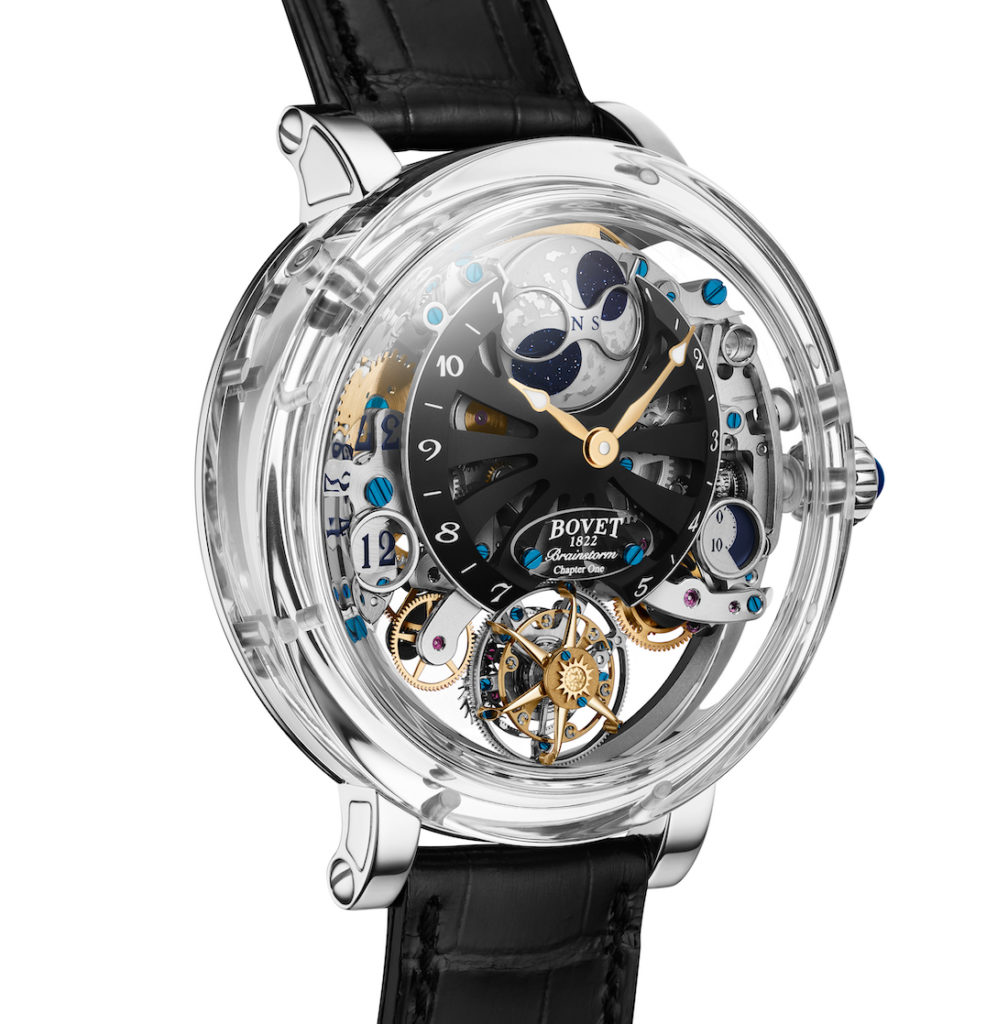
Navitimer 8 B01 in 18 k red gold with bronze dial and brown alligator leather strap. (PPR/Breitling)
Who is buying precious metal watches, and why?
Gold watches have long been linked to status and accomplishment. For decades, a gold watch was synonymous with important milestones, especially retirement. And that’s still the case today, according to George Mayer. If we look at demographic trends for men, gold watches tend to appeal most to older consumers (generally over 50), many of whom are purchasing the watch to celebrate a milestone — say, a certain event, a birthday, or an accomplishment. When it comes to women, many simply gravitate toward gold watches, regardless of age. Mayer credits this to the social acceptability of jewelry for women; Jared Silver notes that many of his female customers enjoy the all-gold bracelet jewelry look, and the gold/bedazzled look is also on an upswing.
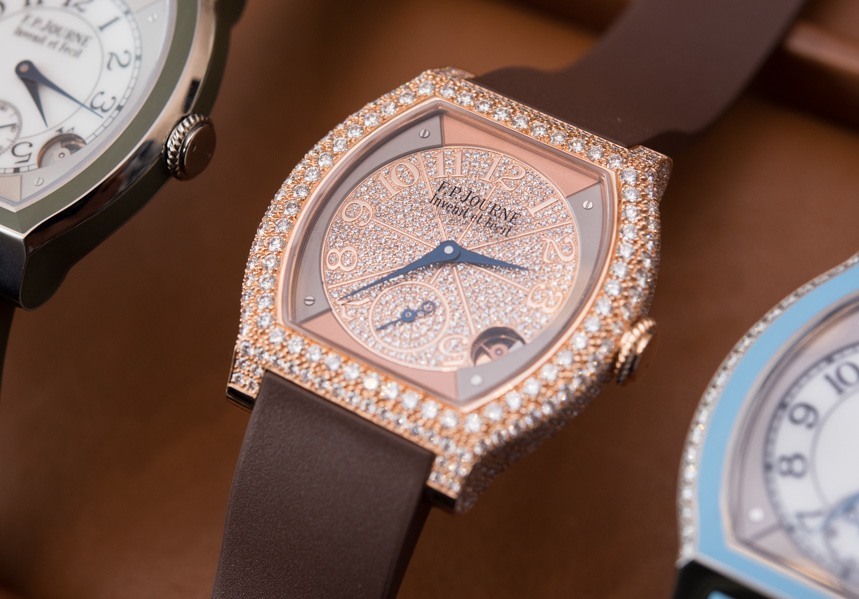
And because we’re speaking generalities here, another we can make is that many customers of precious metal watches are wealthy, successful people. George Mayer notes that rose gold and yellow gold watches are often purchased by business owners or others with major accomplishments to their name (e.g., musicians, athletes, executives). These are often people who have a title or accolades associated with their name that they can use to rationalize wearing a watch that looks expensive. Regardless of the source, if you’ve recently come into money, there’s nothing quite like a gold watch to shout success to the world. And hey, if you’re a public persona getting paid tens of millions, an expensive-looking watch doesn’t look out of place; it’s expected. On the other hand, there are plenty of wealthy consumers (often those who have had substantial wealth for a long period of time) that gravitate to white gold and platinum for exactly the opposite reason: the watches are subtle, and they don’t call attention to themselves. Either way, wealth often begets gold — it’s just a matter of the degree of conspicuousness.
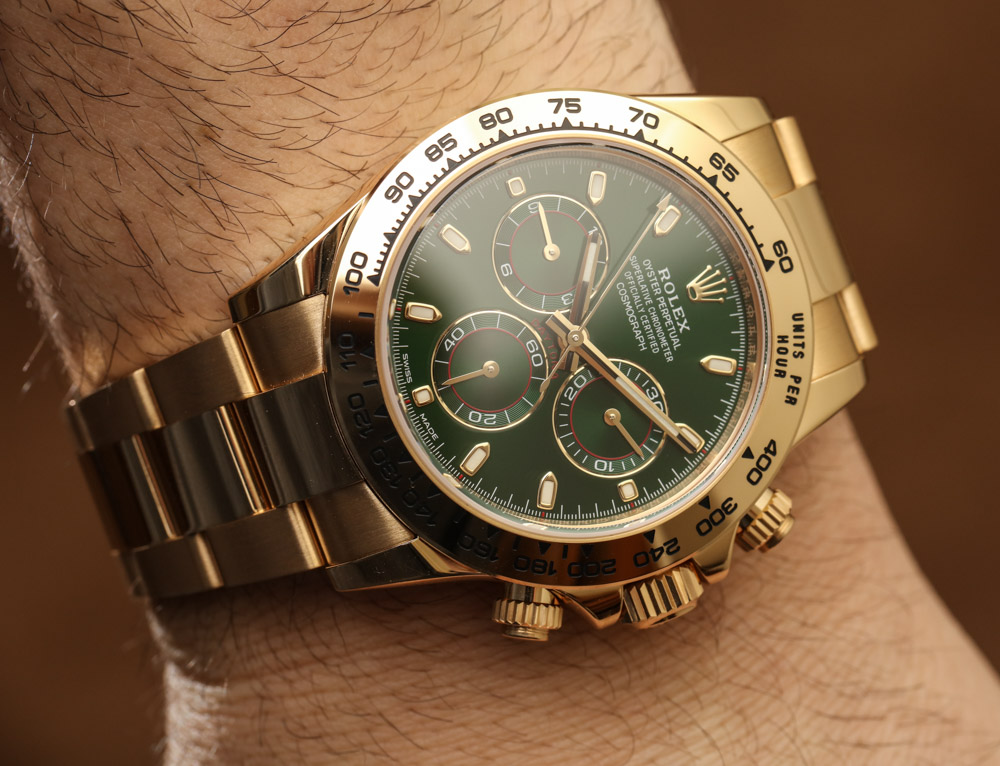
There was a time when gold watches were valued, in part, due to the intrinsic value of the gold itself. If the economy tanks, gold will still hold value and that watch will literally be worth its weight in gold. Some customers still seek gold watches for exactly that reason. The only problem is that the markup so far exceeds the absolute value of the gold that the argument no longer holds much weight (pun intended). Or, as Ray Grenon puts it to his customers, “Do yourself a favor, fully enjoy your precious metal watch and never put it on the scale.”
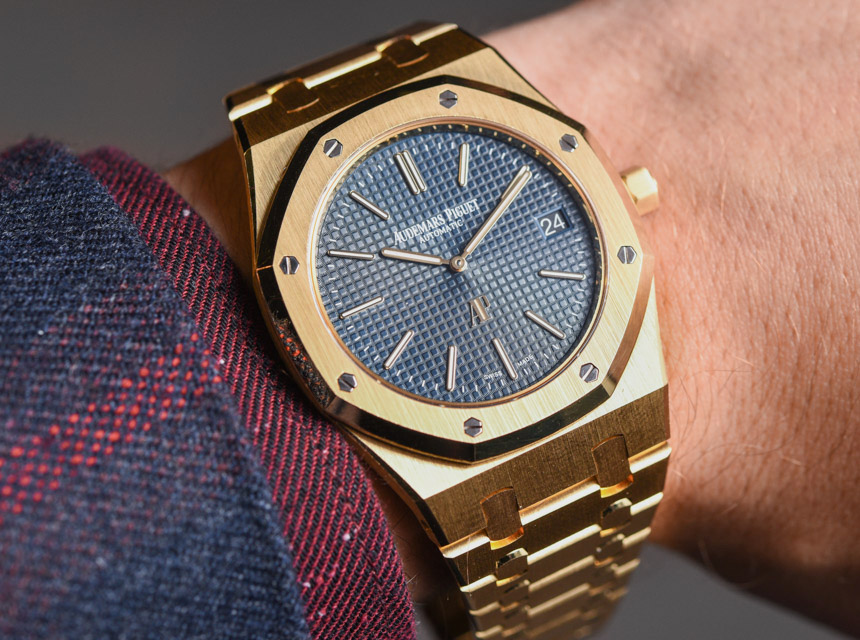
But this raises a good point: despite the premium, are precious metal watches still a good value proposition? If so, we would predict that gold watches should trade at close to retail with minimal discounting. (Spoiler: they don’t). We would also expect them to hold value over time. (Spoiler: it’s complicated).
Discounting of steel and gold watches
When I asked the retailers about discounting, Ray Grenon explained that precious metals are typically discounted more steeply than steel versions. George Mayer echoed this sentiment and sees the same pattern. To explore this further, I once again dug into the numbers, looking at discounts offered by a popular online gray market dealer. Using the same watches as above, I found that gold watches were discounted by an average of 30.4%, while steel watches were discounted by 26.6%. While statistically significant, the difference isn’t all that meaningful when it comes down to the consumer. This is where speaking to your local jeweler really comes in handy, as the realized discounts may be greater in person.

Though gold watches may generally be discounted more steeply, the retailers were quick to point out that there are always outliers. Also, as Silver explained, when we get into the ultra-high-end (e.g., Greubel Forsey, Bovet), these patterns all get thrown out the window as material costs become immaterial relative to the overall cost of the timepiece. At those astronomical price points, consumers are often focused on other attributes (e.g., innovation, rarity, exclusivity), with case materials being only part of the equation.
So, in general, brand new gold watches seem to be available at a discount, both online and at brick-and-mortar retailers. But if you’re someone who buys and sells watches frequently, or are simply concerned about long-term value retention, resale value is going to also be an important consideration.
How does the value of gold watches change over time?
Customers looking to purchase a gold watch to celebrate an accomplishment or a windfall of money often gravitate to new watches. This makes sense, as many (most?) people also gravitate toward new gold wedding rings when celebrating that special day. Let’s face it, gold is a soft metal, and there’s a certain satisfaction in knowing you were the one that caused all those scratches. But just as there are plenty of gold wedding rings at your local pawn shop, there are also plenty of gold watches to be found on the secondary market. And, even if you never plan to sell your gold watch, there’s comfort in knowing that the $30,000 watch you purchased new can be found selling used for $25,000, rather than $10,000.
If you want to know whether a watch retains value, you need to examine the pre-owned market. Govberg Jewelers is one of the largest, if not the largest, dealers of pre-owned watches in the world. What Mayer sees is that, while some pre-owned stainless-steel watches are trading at premiums (like the Rolex GMT and its ilk), pre-owned gold watches are trading at a discount. Mayer is, again, quick to point out that there are outliers (Patek Phillipe, for example, is a different animal altogether, as are other high-end brands), but that’s the general trend.

In fact, it’s these outliers that make understanding the gold market so complex. We spoke with David Lee at StockX, “the world’s first stock market for things — a live ‘bid/ask’ marketplace.” Lee has observed steady interest and growth in solid gold timepieces over the past two years, with 15% appreciation over that time period. This may seem to contradict what Govberg Jewelers has reported, but it’s critical to note that StockX trading is heavily concentrated in Rolex Day-Dates and Sport models (ah, Rolex, you never do follow trends), as well as high-end brands like Patek Phillipe, Audemars Piguet, and A. Lange & Söhne — brands whose catalogs are comprised almost exclusively of precious metal watches.
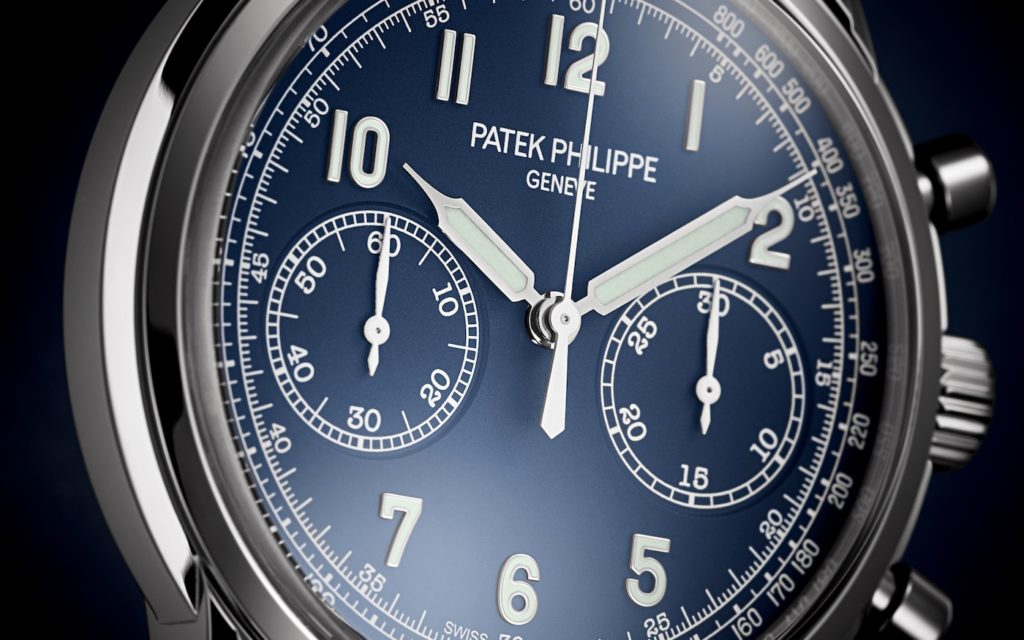
Looking to the future, Lee says that StockX anticipates “continued strength in solid gold timepieces, especially in Rolex, as supply in the most coveted steel sport models remains elusive at best, meaning high-end luxury watch buyers simply move up through two-tone and gold timepieces.”

The takeaway, as I see it, is that appreciation/depreciation of precious metal watches very much depends on the price bracket you’re playing in. At the high-end, there’s little discount to be had and a potential for appreciation, but when you’re playing in lower price brackets (yes, I recognize the irony of talking about a lower price bracket when discussing >$10,000 watches), you may be able to find deals and discounts, but don’t bank on that solid gold piece increasing in value over time.
Where is the market headed?
To me, this is the most intriguing question. It’s difficult to dissociate trends in the watch market from global economic trends — in good times when the money’s flowing, sales of gold watches tend to increase, as does the acceptability of displaying wealth by wearing gold. When the economy is poor, it’s harder to justify conspicuous luxury in any arena, watches included. Ariel Adams spent considerable time discussing this issue when demand for gold and platinum Swiss watches plummeted in 2016.
So, clearly these patterns of supply, demand, and pricing are going to vary across time (and country), but if we simply consider the current market and look across brands, and even within a single brand, it appears that there’s no apparent logic to the pricing structure beyond, “We’re going to charge whatever people will pay.” Fair enough. That is, after all, the basis for a capitalist economy. But if gold watch pricing is dissociated from the intrinsic price of producing a gold watch, does that open the door for undercutting and possible market disruption?


